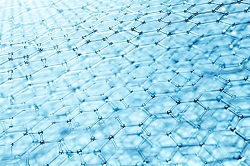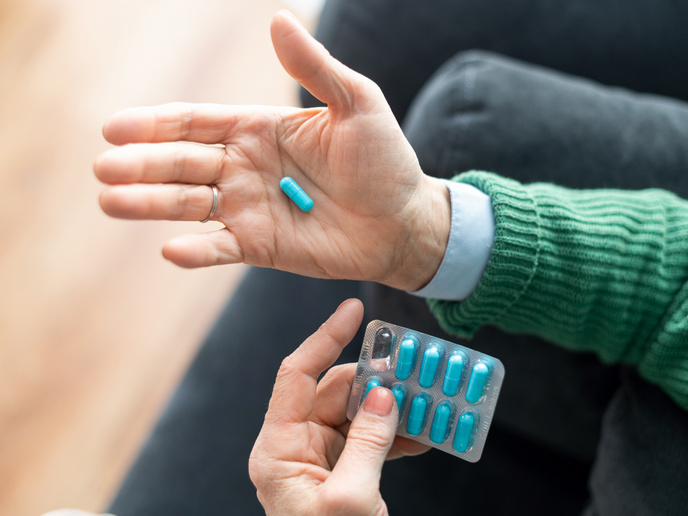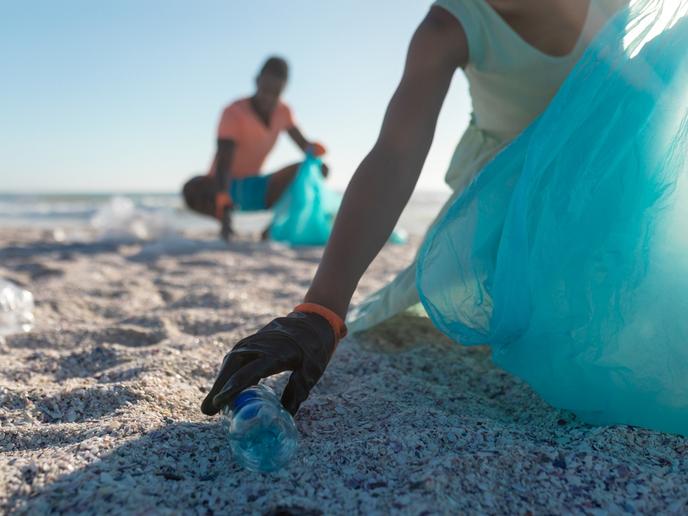Assessing the risks of nanomaterials along their lifecycle, for product and process safety by design
Despite their increasing ubiquity, manufactured nanomaterials (MNs) could be posing a risk to both their producers and consumers. Efforts to quantify this risk have been chiefly concentrated on the synthesis, fabrication and production stage of the nanomaterial lifecycle. However, once integrated within our products, MNs undergo transformative chemical reactions, in addition to changes brought about by weathering and aging. The knowledge gap about the physicochemical properties and impacts of MNs across their lifecycle, inspired the formation of the SUN (Sustainable Nanotechnologies) project. As the project coordinator Prof. Antonio Marcomini explains, ‘Before SUN, almost nothing was known about the quantity and identity of nanomaterials released from actual products used by workers and consumers. This is especially true for the end-of-life stage, for example with incineration or landfilling.’ Developing decision support systems for risk management SUN explored a balanced portfolio of both legacy and novel Nano-enabled products (NEPs), reflected in the three broad categories under investigation: firstly, highly studied benchmark nanomaterials, for which the project would generate limited experimental data; secondly, less well-known nanomaterials with a history of use and of high societal relevance; and finally, innovative nanomaterials of potentially high commercial relevance, with no pre-existing data. As Dr Danail Hristozov, the Principal Investigator of SUN recalls of the methodology, ‘For all the MNs, the complete value chain from synthesis through formulation to use and disposal was covered by experiments and modelling. Our academic and industrial partners assessed properties, release, exposure, hazards and risks. These products were of industrial quality and were derived from pilot lines, actual production lines or batch control labs.’ The work resulted in the risk management SUNDS software system(opens in new window). SUNDS estimates occupational, consumer and environmental risks from MNs, along their lifecycles in real industrial products, proposing suitable risk mitigation measures, such as engineering controls or personal protective equipment. Built in a modular fashion, SUNDS also includes a Risk Control (RC) module which can set acceptable risk thresholds or investigate viable substance alternatives. If the risks are not adequately controlled but no substance alternatives identified, a Socioeconomic Analysis (SEA) module can demonstrate the costs/benefits of the MN under investigation. The system can also be used at two levels of complexity. Firstly, the NanoSCAN tool developed within the LICARA project(opens in new window) can check supplier risks, competing products and market opportunities or perform risk/benefit analysis and is targeted at SMEs for regulatory safety assessments and product innovation decisions, reducing R&D&I costs. The second level performs quantitative (deterministic or probabilistic) risk assessment of MNs along the lifecycle of NEPs and is intended mainly for industry and regulatory bodies. As Dr Hristozov summarises, ‘Using SUNDS will reduce uncertainty in the early stages of innovation and improve risk communication, with increased trust in responsible innovation leading to a more positive market and more convincing business cases.’ Getting regulations and market confidence up to speed SUN’s MN work has already contributed directly to meeting the risk control measures requested by the EU’s REACH Chemical Safety Assessment. The team have also helped develop and improve standardisation activities, such as OECD and ISO. For example, SUN helped with the OECD Technical Guidance (TG) document on multigenerational tests with enchtraeids (small worms), forming the basis for long-term toxicity tests covering epigenetic effects. A critical challenge for nanosafety is assessing risk across the diversity of MNs ranging in size, morphology, purity and surface coating, with different nanoforms of the same substance exhibiting different release/exposure, toxicokinetic and/or hazard profiles. To avoid the current approach of costly case-by-case assessments, the team is exploring Intelligent Testing Strategies (ITS) which work through predictive modelling tools. According to Prof. Vicki Stone, the coordinator of the recently funded GRACIOUS project as a follow up to SUN, these have the potential to, ‘Shift the paradigm away from risk control to safety-by-design, one of the most effective forms of risk prevention, by designing out undesired material and process characteristics in the early stages of product development, while retaining high product quality.’







